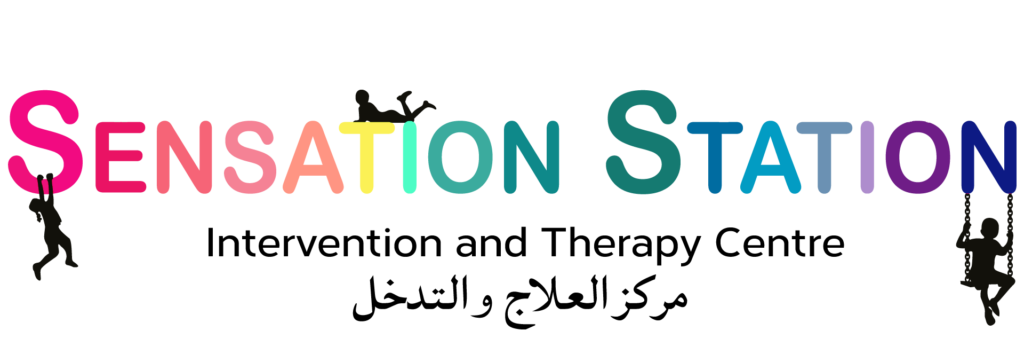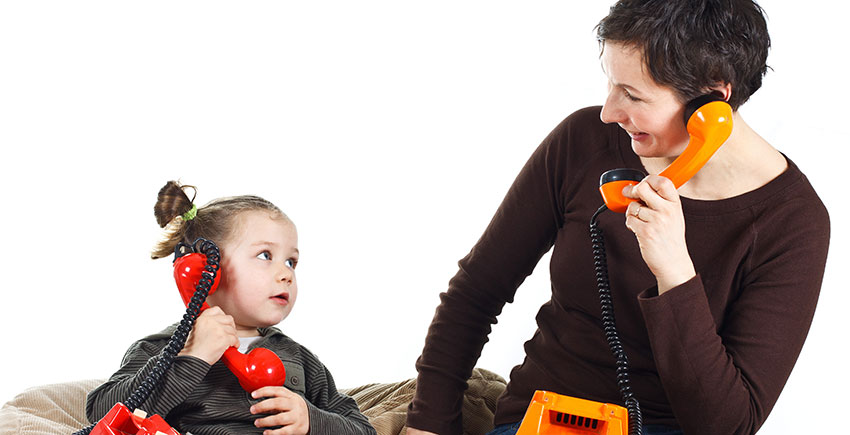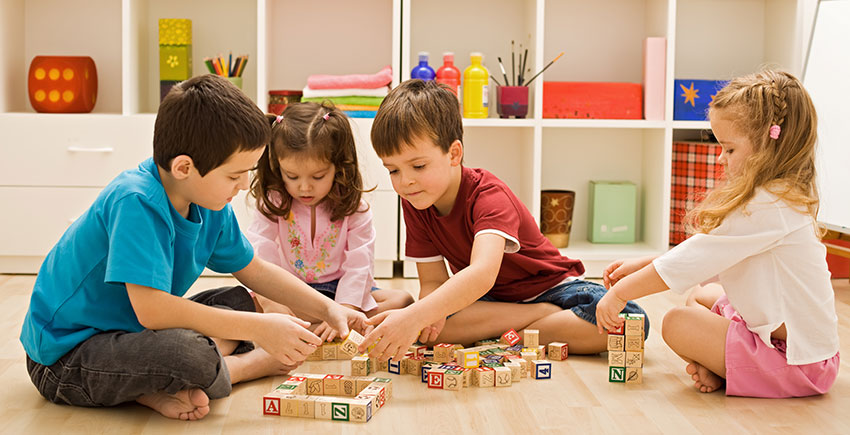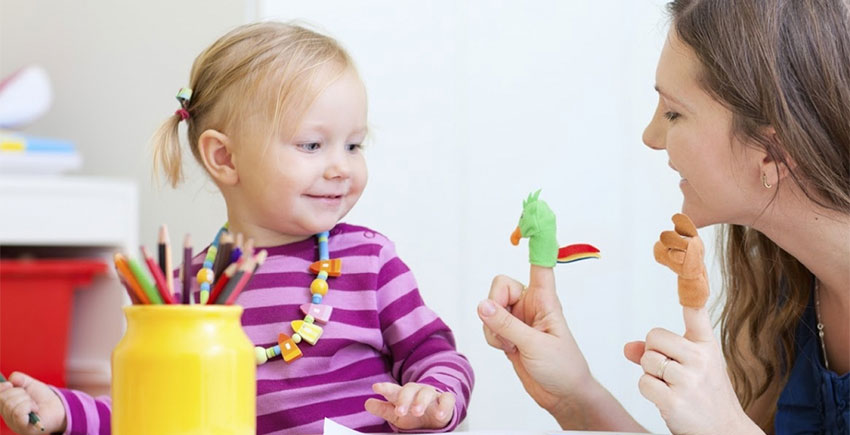DIR Floortime is the Developmental, Individual-differences and Relationship-based model. A framework that helps clinicians, parents and educators to conduct a comprehensive assessment to develop intervention programmes tailored to the unique challenges and strengths of each individual child. This includes children with developmental challenges like Autism, Language and Processing Delays or Disorders, ADD and ADHD, Sensory Integration Disorders or also known as Sensory Processing Disorder (SPD), PDD-Nos and many other developmental challenges.
D
The D
The D (Developmental) part of the Model describes the building blocks of this foundation. Understanding where the child is developmentally is critical to planning a treatment program. The Six Developmental Levels describes the developmental milestones that every child must master for healthy emotional and intellectual growth. This includes helping children to develop capacities to attend and remain calm and regulated, engage and relate to others, initiate and respond to all types of communication beginning with emotional and social affect based gestures, engage in shared social problem-solving and intentional behavior involving a continuous flow of interactions in a row, use ideas to communicate needs and think and play creatively, and build bridges between ideas in logical ways which lead to higher level capacities to think in multicausal, grey area and reflective ways. These developmental capacities are essential for spontaneous and empathic relationships as well as the mastery of academic skills.
I
The I
The I (Individual differences) part of the Model describes the unique biologically-based ways each child takes in, regulates, responds to, and comprehends sensations such as sound, touch, and the planning and sequencing of actions and ideas. Some children, for example, are very hyper responsive to touch and sound, while others are under-reactive, and still others seek out these sensations. The term “Biological Challenges” describes the various processing issues that make up a child’s individual differences and that may be interfering with his ability to grow and learn.
R
The R
The R (Relationship-based) part of the Model describes the learning relationships with caregivers, educators, therapists, peers, and others who tailor their affect based interactions to the child’s individual differences and developmental capacities to enable progress in mastering the essential foundations.
The primary concept of DIR Floortime is to always put Kids first within each interaction and therapy session. It is a child led, child friendly approach. Trained DIR Floortime experts make a special effort to understand a child’s processing challenges, emotional development and cognitive abilities by building a connection and relationship with the child at their level. By learning about what activities or subjects the child is interested and engaged in, a unique programme is tailored to the child’s goals and all interactions encourage and nurture the child’s own unique set of skills and functional developmental level. By building on a child’s trust and confidence, the therapist can keep expanding on the developmental goals, whilst teaching children to naturally feel empowered and content with their own achievements.
The objectives of the DIR model are to build healthy foundations for social, emotional and intellectual capacities rather than focusing on skills and isolated behaviours. Unlike other interventions the DIR model recognizes individual differences and incorporates a child’s needs, interests, personality, traits, and behaviours to create learning plans tailored to that particular child to motivate and increase the window of opportunity for learning.
The relationship part of the DIR model describes the learning relationships with parents, siblings, caregivers, educators, therapists, peers and others involved in child’s care. Understanding and creating interactions with a child’s individual differences and developmental capacities enable progress in mastering the essential foundations.
The Play Therapy Approach
Play Therapy is a structured, theoretically based approach to therapy that builds on the normal communicative and learning processes of children. The curative powers inherent in play are used in many ways. Therapists strategically utilize a play therapy approach to help children express what is troubling them when they do not have the verbal language to express their thoughts and feelings. In play, toys are like the child’s words and play is the child’s language.
Through play, therapists may help children learn more adaptive behaviours when there are emotional or social skills deficits. The positive relationship that develops between therapist and child during play provides a corrective emotional experience necessary for healing. A play therapy approach may also be used to promote cognitive development and provide insight about and resolution of inner conflicts or dysfunctional thinking in the child. Our therapist will work collaboratively with other professionals involved in the care of your child.
The objectives of the DIR® Model are to build healthy foundations for social, emotional, and intellectual capacities rather than focusing on skills and isolated behaviours.
DIR Floortime
DIR Floortime is a specific technique to both follow the child’s natural emotional interests (lead) and at the same time challenge the child towards greater and greater mastery of the social, emotional, and intellectual capacities. Its various problem-solving exercises and typically involves a team approach with speech therapy, occupational therapy, educational programs, mental health (developmental-psychological) intervention and, where appropriate, augmentative and biomedical intervention.
As its name suggests, Floortime encourages parents to engage children literally at their level – by getting on the floor to play. Families can combine it with other therapies or use it as an alternative approach. In Floortime, therapists and parents engage children through the activities each child enjoys. They enter the child’s games. They follow the child’s lead. Therapists teach parents how to direct their children into increasingly complex interactions. This process, called “opening and closing circles of communication,” remains central to the Floortime approach.
Overall, Floortime aims to help children reach six developmental milestones crucial for emotional and intellectual growth. They are:
Floortime does not target speech, motor or cognitive skills in isolation. Rather, it addresses these areas through its focus on emotional development.
Please note that DIR Floortime and Play Therapy are not stand-alone therapy services. These are methods incorporated in SLT and OT by our therapists as part of a multi-disciplinary environment, as well as an approach used in other activities such as the Early Learning & Intervention Programme (EILP), Group Classes and Camps.



